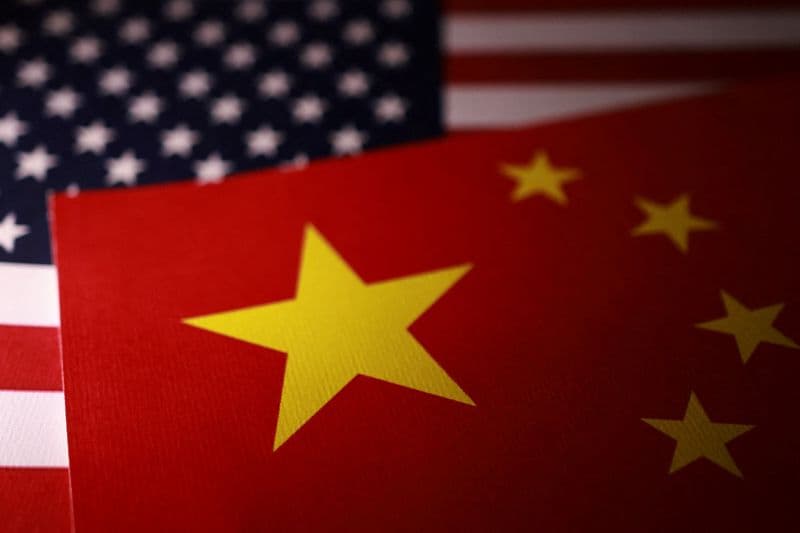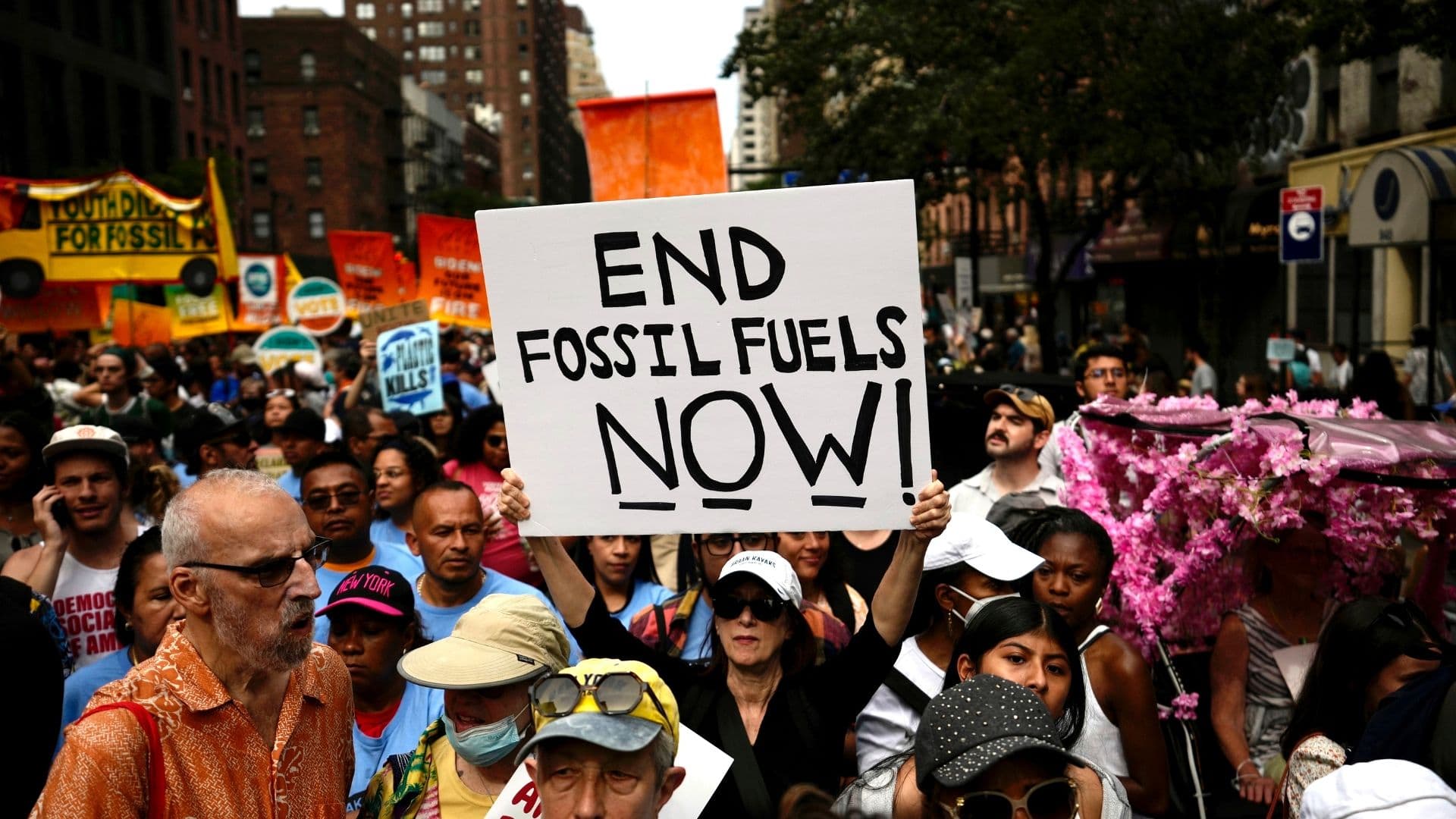U.S. and Chinese Navies Hold Talks in Hawaii, Seek Risk Reduction
Working level maritime security talks between U.S. and Chinese military officials took place in Hawaii November 18 through 20, the People’s Liberation Army Navy said, calling the exchanges "frank and constructive." The meetings are part of a cautious restoration of military to military communications after months of elevated tensions, and they aim to reduce risks at sea and improve crisis communications.
Working level maritime security talks between U.S. and Chinese military officials were held in Hawaii from November 18 through 20, according to a statement from the People’s Liberation Army Navy. The Chinese navy described the discussions as "frank and constructive," and said they focused on the current maritime and air security situation between the two countries. Reuters reported that the exchanges were posted on the PLA Navy’s official social media accounts and were intended to reduce risk and improve crisis communications at sea.
The meetings come amid a period of heightened strategic competition and frequent operational interactions between Chinese and U.S. forces in the Asia Pacific. After months of strained ties that saw repeated public friction and constrained communications channels, the talks represent a deliberate, if limited, step toward rebuilding practical lines of contact. Military to military engagement has long been viewed by officials and analysts as a pragmatic tool to manage day to day encounters and to avoid inadvertent escalation.
For maritime powers whose navies and air arms regularly operate in close proximity, the mechanics of crisis prevention are technical and procedural yet carry outsized strategic importance. Agreed protocols for radio contact, ship to ship maneuvers, aircraft intercepts and incident reporting do not resolve underlying political disputes, but they do lower the odds that a miscommunication or accident will produce a larger confrontation. Those risks are of global concern because the seas where U.S. and Chinese forces encounter one another are also vital arteries for international commerce.
The talks in Hawaii did not produce a public list of binding agreements or a joint communique beyond the PLA Navy characterization. That limited public footprint is consistent with the working level nature of the meetings, and with both capitals managing domestic and regional audiences that are wary of appearing conciliatory in the face of broader strategic rivalry. Still, the procedural focus of the dialogue aligns with long standing international efforts to codify safe behavior at sea and to implement practical measures that reflect customary international law and norms that many states treat as essential to maritime stability.
Regional governments and trading partners will be attentive to whether these contacts are sustained and whether they expand to include more senior military leaders or operational hotlines. U.S. allies and partners in East and Southeast Asia have repeatedly urged mechanisms that can prevent incidents from spiraling, while also calling for adherence to the principles of freedom of navigation and overflight. For Beijing, incremental restoration of dialogue offers a way to manage competition without compromising broader diplomatic or strategic objectives.
The Hawaii meetings underscore a paradox of the U.S. and Chinese relationship. Competition and caution at the highest diplomatic levels coexist with practical cooperation in areas where mutual interest is clear. Whether these talks become a durable channel that meaningfully reduces the potential for crisis will depend on follow through, transparency about procedures, and an often unglamorous commitment to maintaining lines of communication even when political relations are tested.

